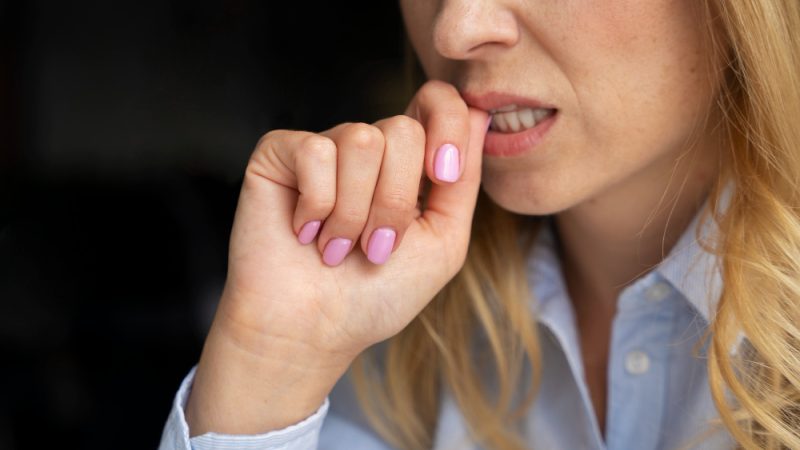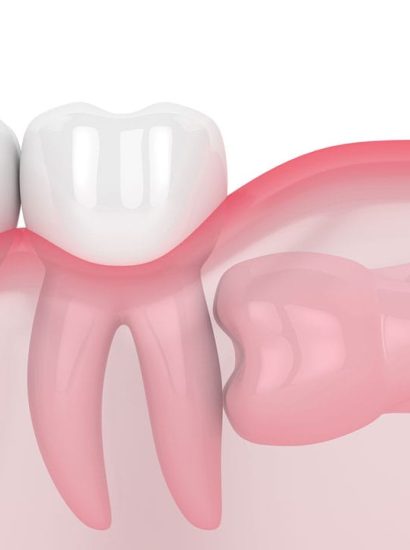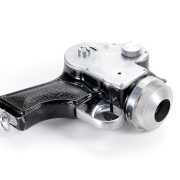Acrylic nails are a popular way to achieve long, polished, and stylish nails. However, sometimes beauty comes with discomfort. Many people experience throbbing pain under acrylic nails, which can range from mild to severe. If you’ve ever asked yourself, “Why does my acrylic nail hurt so much?”, this guide will help.
We’ll cover the common causes, effective treatment options, prevention strategies, and when to see a professional.
Why Do Acrylic Nails Cause Pain?
Pain under an acrylic nail usually happens when the natural nail or nail bed is stressed. Acrylics involve chemicals, adhesives, and artificial extensions, which may irritate or injure sensitive tissues.
Some discomfort after application is normal, but throbbing pain often signals an issue that needs attention.
Common Causes of Throbbing Pain Under Acrylic Nails
2.1 Nail Trauma
Bumping or hitting your acrylic nail can bend or lift the natural nail underneath, causing intense throbbing pain.
2.2 Improper Application
If acrylics are applied too tightly or the technician files the natural nail too thin, it may weaken your nail bed and lead to sensitivity.
2.3 Infection (Fungal or Bacterial)
Moisture trapped under the acrylic can breed bacteria or fungi. Signs include redness, swelling, pus, or greenish discoloration.
2.4 Allergic Reactions
Some people are allergic to the chemicals in acrylic powders or adhesives, resulting in itching, swelling, or pain.
2.5 Overly Long Nails
Excessive nail length creates pressure on the nail bed and increases the risk of trauma or lifting.
Signs That the Pain Is Serious
Mild discomfort after a new set is common. But seek medical or professional help if you notice:
- Persistent throbbing pain lasting more than 48 hours
- Redness, swelling, or warmth around the nail
- Discharge of pus or unusual odor
- Nail lifting or separating from the nail bed
- Green, yellow, or black discoloration
These may indicate infection or significant nail damage.
Immediate Home Remedies for Throbbing Pain
If the pain is mild and there are no signs of infection, you can try these remedies:
- Cold compress: Reduces swelling and soothes pain.
- Over-the-counter pain relief: Ibuprofen or acetaminophen can help.
- Elevate your hand: Keeps blood flow down, reducing throbbing.
- Avoid pressure: Don’t tap, scratch, or put weight on the affected nail.
Important: If pain worsens or infection signs appear, consult a doctor immediately.
Medical and Professional Treatments
When home care isn’t enough, professionals may recommend:
- Nail removal: If the acrylic has caused serious lifting or infection, safe removal is necessary.
- Topical or oral antibiotics: For bacterial infections.
- Antifungal treatments: If fungus is the cause.
- Wound care: In severe trauma cases, a doctor may clean and bandage the nail bed.
Never attempt to rip off an acrylic yourself, as it may cause more injury.
How to Prevent Pain When Getting Acrylic Nails
6.1 Choose a Skilled Nail Technician
A professional who understands proper technique can reduce risks of filing too thin or applying acrylics too tightly.
6.2 Don’t Over-file Natural Nails
Over-filing makes nails fragile and more prone to pain.
6.3 Avoid Excessive Nail Length
Choose a comfortable, manageable length to prevent accidental trauma.
6.4 Maintain Good Hygiene
Wash hands regularly, keep nails dry, and avoid moisture build-up under acrylics.
Proper Aftercare for Acrylic Nails
Taking care of your acrylics after application is essential:
- Keep nails clean and dry.
- Apply cuticle oil to maintain nail health.
- Avoid using nails as tools (e.g., opening cans).
- Schedule regular refills to prevent lifting.
Natural Nail Health Under Acrylics
Healthy natural nails are the foundation of comfortable acrylic wear. To protect them:
- Take biotin supplements to strengthen nails.
- Allow breaks between acrylic sets.
- Moisturize nails and cuticles daily.
- Eat a balanced diet rich in vitamins and minerals.
Alternatives to Acrylic Nails
If you frequently experience pain, you might try alternatives:
- Gel extensions: Softer and more flexible than acrylics.
- Dip powder nails: Durable but less harsh on the natural nail.
- Press-on nails: Easy to apply and remove without professional help.
These may reduce the risk of throbbing pain and nail damage.
When to See a Doctor or Dermatologist
If throbbing pain persists or if you notice infection symptoms, it’s best to see a doctor. Ignoring severe nail pain can lead to:
- Permanent nail bed damage
- Chronic fungal infections
- Loss of the nail
Early treatment ensures faster recovery and prevents complications.
Conclusion
Throbbing pain under acrylic nails is not normal and often points to trauma, infection, or poor application. While mild discomfort may subside on its own, persistent pain should not be ignored.
With proper application, good aftercare, and attention to hygiene, you can enjoy acrylic nails safely without compromising your natural nail health. Prevention and awareness are the keys to keeping your nails beautiful and pain-free.
FAQs
1. Is it normal to feel pain after getting acrylic nails?
Mild sensitivity is common, but throbbing or persistent pain is not normal and may indicate damage or infection.
2. How can I tell if my acrylic nail is infected?
Look for redness, swelling, pus, unusual odor, or green/yellow discoloration under the nail.
3. Can I remove acrylic nails at home if they hurt?
It’s best to seek professional removal. Improper at-home removal may tear the natural nail and worsen pain.
4. What should I do if my acrylic nail is throbbing at night?
Try a cold compress, elevate your hand, and use pain relievers. If it continues for more than 48 hours, consult a doctor.
5. How can I prevent throbbing pain with future acrylic nails?
Choose an experienced technician, avoid overly long nails, and practice proper hygiene to minimize risks.









